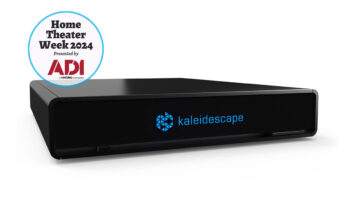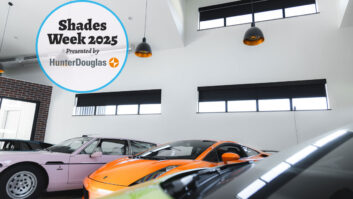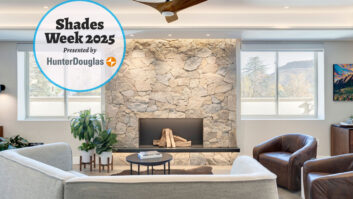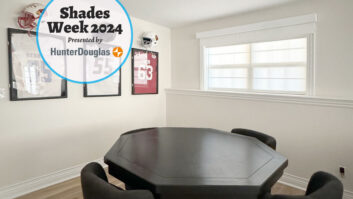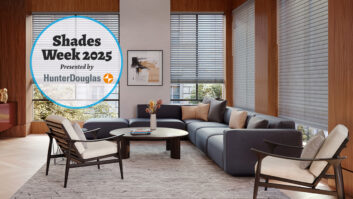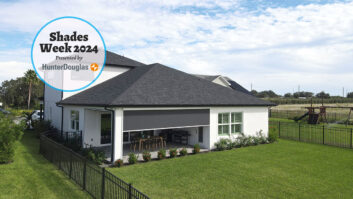A short time ago, in a basement not that far, far away (from Salt Lake City), Zach Parry decided to create an amazing Star Wars-themed home theater. He knew he wanted a viewing space that not only had the cool, gritty, realistic look of the Millennium Falcon starship, but would also be home to some very futuristic smart home technology.
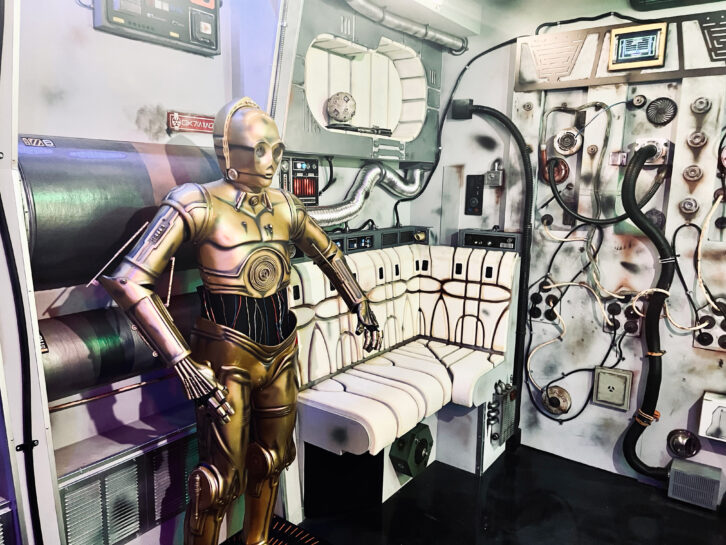
After searching the galaxy (sort of), Parry reached out to UintAudio of Herriman, Utah, and its owner Doug Newey. Newey, who has been in the business of creating entertainment spaces and building smart homes for over six years, discusses Parry’s unique hopes and cinematic dreams for this home theater.
“Zach came to us with a strong sense of what he wanted to accomplish with the space,” he says. “Of course, he knew he wanted to create a themed room and, beyond that, a movie-viewing space with a Star Wars theme. Zach took care of producing all the cosmetic elements of the room, truly amazing in their own right. These include life-size droids, sliding thick metal doors, tons of lights and buttons, and an overriding atmosphere of a rugged ship that’s seen more than its fair share of rebel-led battles.
“Zach also wanted all the devices in the room to be connected and interacting with each other, and to be able to control them via voice commands. He had some awareness of the devices that were available to him, including automated shades.”
“Good intentions aren’t enough.”
But beyond that, Zach Parry needed the specific technical know-how of experts in smart home technology like the folks at UintAudio. The system that Newey and his team specified for Parry’s home theater includes a Sony 4K projector, a drop-down screen, a Yamaha receiver, a 7.2.4 Dolby Atmos home theater system that features 11 KEF speakers and two subwoofers, automated overhead lights, “buttkickers” reacting to the sound on the seats, and a PowerShades “TruePoE”automated shade.
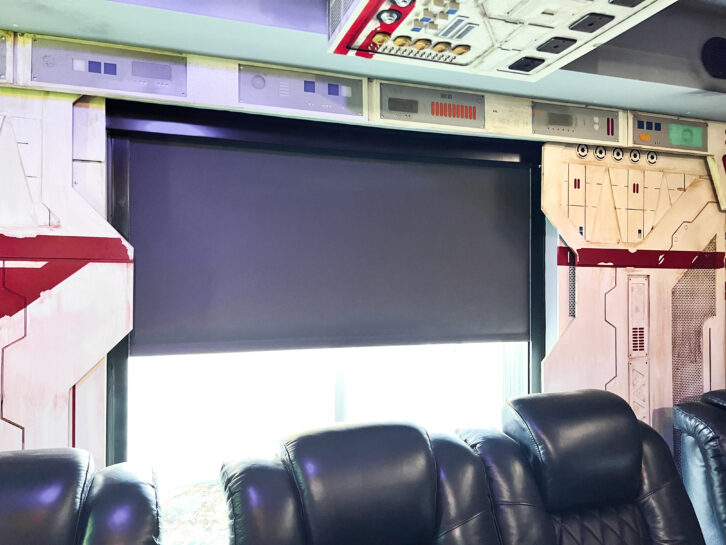
PowerShades’ PoE solution is compatible with both Samsung SmartThings, which UintAudio used to integrate the shades into the theater system, and Amazon Alexa, which was used to trigger the entire system, including the perfectly timed opening and closing of the shades. The PoE shades are also compatible with other leading home and industrial automation systems, including RTI, Google Home, Crestron, ELAN, Control4, and URC.
With power coming through a single Cat5 cable, the PowerShades PoE automated shades don’t require any hard wiring or the services of a licensed electrician. Installation time is relatively short. Plus, they include all the benefits of Powershades’ RF automated shades, including capabilities essential for this project — the ability to deploy scenes and schedules, easy and intuitive limit setting, soft start and stop, and more.
Parry is also enjoying some energy- and money-saving benefits by going with the PowerShades solution. PowerShades’ TruePoE requires only 5 watts of power delivered through the standard Cat5. Plus, they don’t need any injectors or expensive translators.
While PowerShades solutions are available in a wide array of light-filtering fabrics, it only made sense for Parry to opt for one of PowerShades’ light-blocking “blackout” shades for his perfectly configured home theater.
“Do or do not. There is no try.”
The overriding concept behind the automated shade was for it to be coordinated with the other primary devices in the theater. The shade would be located over a large window at the back of the theater. Powering up the film would trigger the lights to dim, metallic walls to slide open, and the shade to go down, setting a scene of ideal darkness for movie viewing. When the film ended, the lights would turn on, and the shade would smoothly and quietly open.
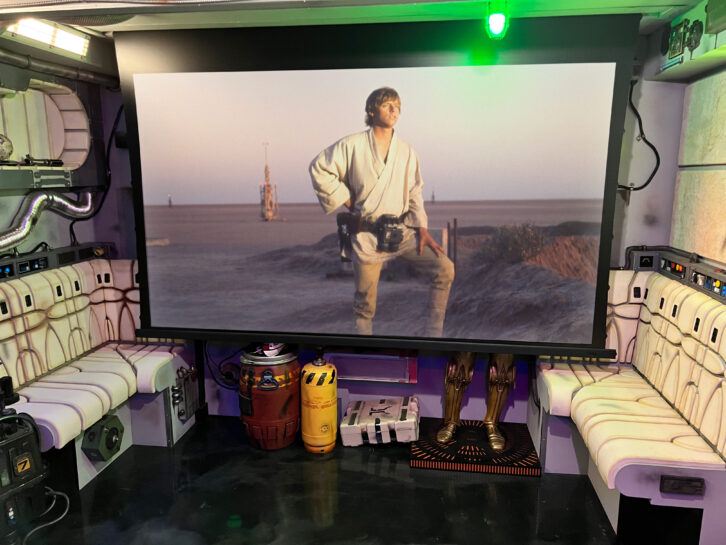
The biggest challenge for Newey and UintAudio was the simultaneous triggering of devices, including the shades. To accomplish this, Newey’s team wrote a custom application programming interface (API) to execute the pre-set instructions. In so doing, Parry is now able to use simple voice commands to trigger seamless desired actions. It’s not quite as awe-inspiring as sending the Millennium Falcon into hyperspace at the press of a button, but the effect of the devices all working in tandem is pretty cool nonetheless.
Installation in just a few parsecs.
The installation of the shades, which could have been done Solo (sorry!) according to Newey, received some valuable assistance from PowerShades. Newey says, “Our PowerShades rep came to the house and helped with the install. It ended up being surprisingly easy, taking only about 20 minutes. But the process was definitely expedited thanks to the hands-on expert assistance that our rep provided. PowerShades was great to work with, and we look forward to working with them and whatever new products they introduce in the future.”
Newey is confident that, thanks to the success of this Star Wars-themed smart home theater, future movie-themed projects featuring automated shades and other smart devices will not be far, far away at all.
